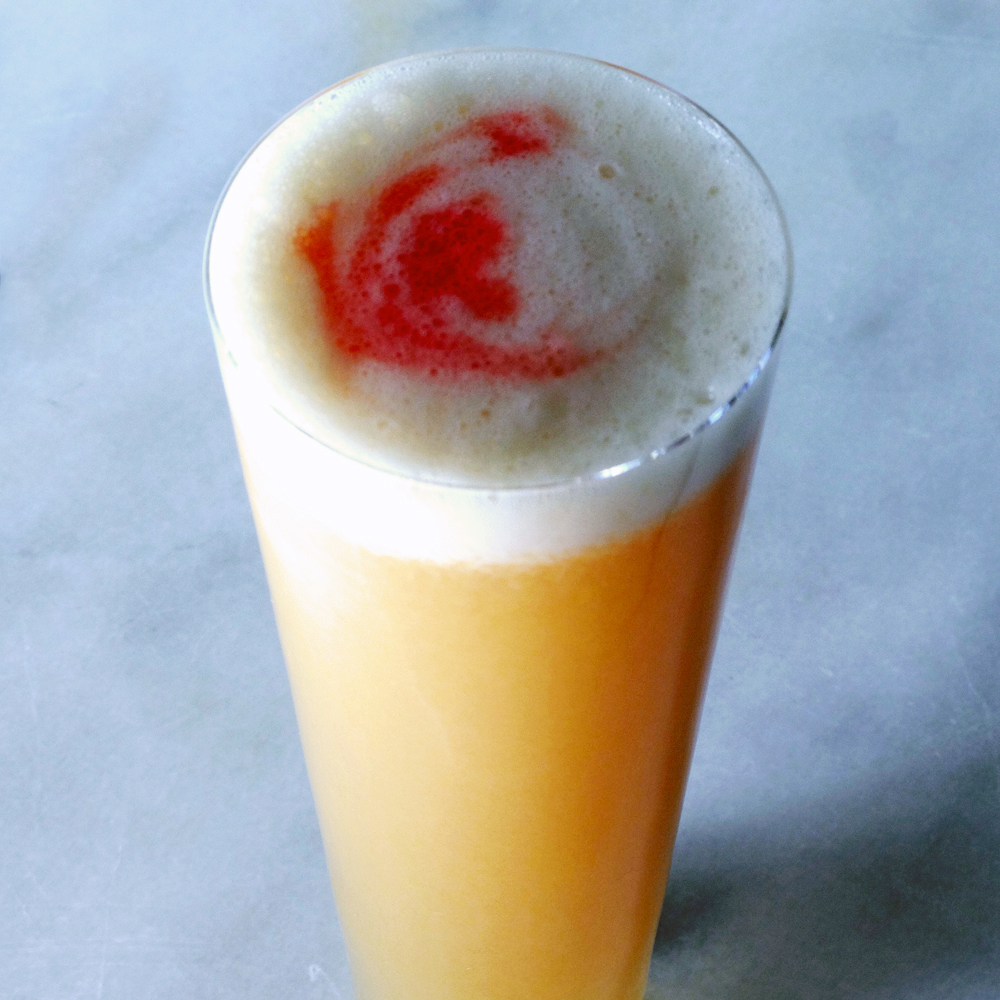According to early Christian legend, cloudy, overcast, or snowy weather on Candlemas Day (February 2) foretells the early arrival of spring. The origin of this ancient tradition is clouded by the mists of time, but it can allegedly be traced back to when the Teutons (Germans) were conquered by the Roman legions.
Back when nature, not media, influenced people’s lives, the appearance of a sacred beast (usually described as a badger or bear), was Spring’s seasonal soothsayer. Somewhere along the way, the vanquished Teutons combined their newly acquired Christian tradition with the existing weather lore, concluding that if the sun appeared on Candlemas Day, the sacred beast would cast a shadow and retreat to its den, thus predicting a lengthy winter.
Thanks to Pennsylvania's earliest settlers, this German weather divining tradition carries on, albeit through ambiguous predictions offered by furry herbivores with media-savvy handlers.
February 2, 1709 was also an auspicious day for Scottish sailor and privateer Alexander Selkirk, rescued after being marooned on a desert island for over four years. His story was, in part, inspiration for author Daniel Defoe’s titular character Robinson Crusoe.
 |
| Crusoe, dressed in Selkirk’s signature hirsute goatskin garb, surely would have sweltered in a tropical locale. |
Seals, penguins, and cannibals aside, Defoe’s description of a lush, sun-drenched prison is more likely based on the Caribbean island of Tobago (a short distance north of the Venezuelan coast) than a misty, subtropical island 400 miles off the west coast of Chile.
Defoe populated Crusoe’s fictitious island with Poll, Crusoe's pet parrot, other talking tropical birds, and plenty of fruit trees and sugarcane plants. Armed with some drinkware and rum salvaged from the sinking ship, Crusoe could have spent many hours in scurvy-free bliss had he also been stranded with a copy of Beachbum Berry's Potions of the Caribbean.
In keeping with this idyllic daydream, we suggest shaking up a simple cocktail of rum and exotic fruit juice. The Cara Cara orange, a mutation native to Valencia, Venezuela, looks like a typical orange, but is less acidic, sports pinkish-red flesh, with a sweet and complex flavor.
Available only from December through mid-March, Cara Cara's prophetic seasonality is the most divine weather lore we know.
Cara Cara Sour
Serves 1
Raise your glass to myth and tradition, then sip as needed while the celebrity groundhogs get their story straight.
Shake well with cracked ice; strain into a chilled champagne flute. Garnish with a dash of bitters (optional).
- 1 1/2 ounces light bodied rum
- 1 ounce Cara Cara orange juice
- 1/2 ounce lime juice
- 1/2 ounce simple syrup
- 1 egg white (from a small egg)
- Peychaud bitters, for garnish




